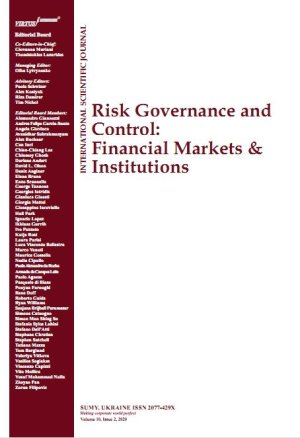
CHANGE MANAGEMENT IN THE HIGHER EDUCATION LANDSCAPE: A CASE OF THE TRANSITION PROCESS AT A SOUTH AFRICAN UNIVERSITY
Download This Article
This work is licensed under a Creative Commons Attribution-NonCommercial 4.0 International License.
Abstract
The South African Higher Education system in the post-apartheid period had to respond to the various discriminatory practices that existed during the apartheid era. This entailed responding to inequalities in the education system at various levels. With respect to Higher Education there was an imperative to serve society that was based on the principles of equality, equity and inclusivity. One such response was to merge higher education institutions such as ML Sultan Technikon and Technikon Natal to form the Durban Institute of Technology now referred to as the Durban University of Technology (DUT). This paper is concerned with the process of change in the Higher Education context and examines a South African case study. The study was conducted within a quantitative paradigm and the sample population was 400 administrative and academic staff from across the seven campuses. In order to satisfy the research objectives of the study, a self-administered location based survey was distributed and data was analyzed using SPSS. The study revealed that living and coping with change in the work environment is a fact of life for organisations and individuals. The success of any change programme depends on the organisation’s ability to communicate effectively with its employees; therefore internal communication plays a pivotal role in any change programme.
Keywords: Change Management, Higher Education, Internal Communication, Mergers
How to cite this paper: Govender, V., & Rampersad, R. (2016). Change management in the higher education landscape: A case of the transition process at a South African university. Risk governance & control: financial markets & institutions, 6(1), 43-51. https://doi.org/10.22495/rgcv6i1art5



















